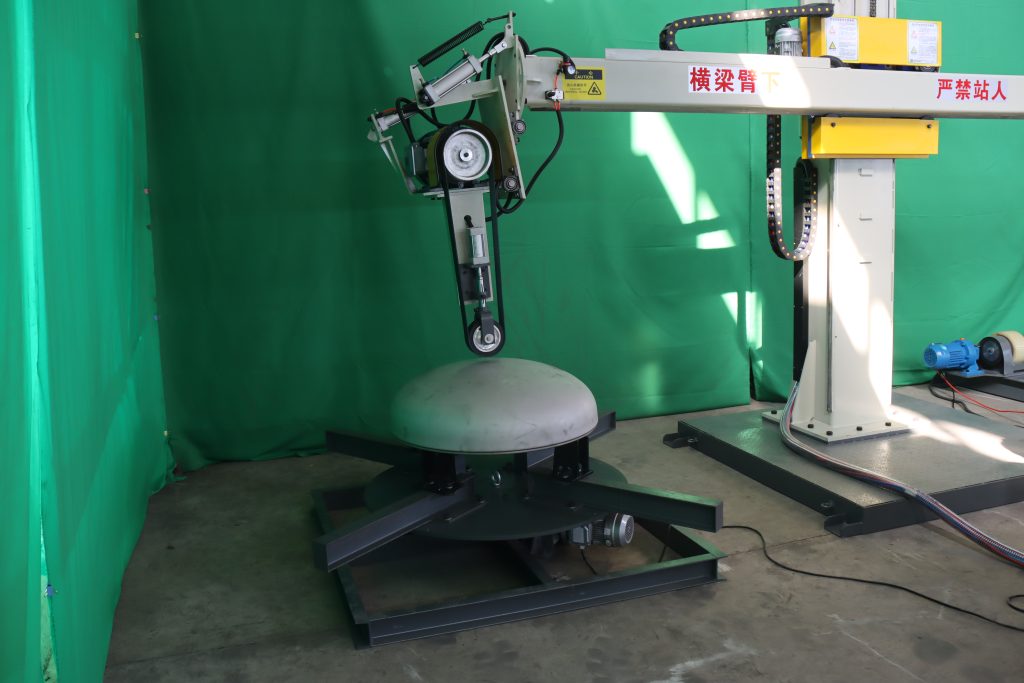Polishing and buffing are two terms that are often used interchangeably in the world of metalworking and automotive detailing. However, there is a significant difference between the two processes.

Polishing is the process of using an abrasive material to remove imperfections and scratches from a surface. This is typically done using a polishing compound and a polishing pad. The polishing compound contains tiny abrasive particles that work to smooth out the surface of the material being polished. Polishing is often used to restore the shine to dull or scratched surfaces.
Buffing, on the other hand, is the process of using a soft cloth or buffing pad to apply a polishing compound to a surface. The goal of buffing is to create a smooth, shiny surface by removing any remaining imperfections left after polishing. Buffing is often used to create a high-gloss finish on metal surfaces, such as car bodies or chrome trim.
While both polishing and buffing involve the use of a polishing compound, the main difference between the two is the tool used to apply the compound. Polishing uses an abrasive material to remove imperfections, while buffing uses a soft cloth or pad to apply the polishing compound.
In conclusion, while polishing and buffing are often used interchangeably, they are two distinct processes with different goals and techniques. Understanding the difference between the two can help you achieve the desired results when working with metal surfaces.
